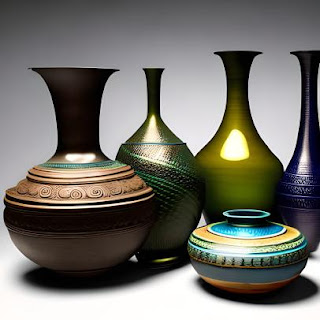The art of typography

Typography is the art and technique of arranging type to make written language legible, readable, and visually appealing. Typography is not just about choosing a font, but it's also about selecting the right typeface, size, color, spacing, and alignment. Good typography can communicate a message effectively, while bad typography can make a text difficult to read and comprehend. In this blog post, I will share some tips and tricks on how to improve your typography skills and create beautiful and effective designs with type. Tip 1: Choose the right font for the context Choosing the right font is critical in typography. Different fonts have different personalities, associations, and effects on the reader. For example, serif fonts (such as Times New Roman or Georgia) are often considered more formal, traditional, and authoritative, while sans-serif fonts (such as Arial or Helvetica) are more modern, clean, and neutral. Script fonts (such as Brush Script or Zapfino) are more elegant, de...








